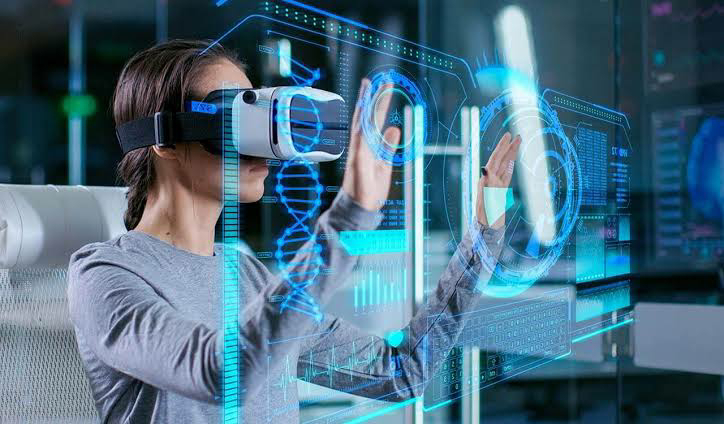Virtual reality (VR) is a technology that allows users to experience a simulated environment as if they were actually there. VR headsets are worn on the head and provide a 360-degree view of the environment. Users can move their heads and bodies to interact with the environment, and they can even use their hands to manipulate objects.
VR has the potential to revolutionize the way we interact with entertainment and education. In the entertainment world, VR can be used to create immersive experiences that put users right in the middle of the action. For example, VR can be used to simulate roller coaster rides, sporting events, or even concerts. In the education world, VR can be used to create interactive learning experiences that make it easier for students to understand complex concepts. For example, VR can be used to simulate a surgical procedure or a trip to the moon.
VR is still in its early stages of development, but it has the potential to change the way we live and work. As VR technology continues to improve, we can expect to see it used in more and more applications.
Here are some of the potential benefits of VR:
- Immersive experiences: VR can create immersive experiences that put users right in the middle of the action. This can make entertainment more engaging and educational experiences more effective.
- Increased engagement: VR can increase engagement by making users feel like they are part of the experience. This can lead to better learning outcomes and more enjoyable entertainment experiences.
- Personalization: VR can be personalized to the individual user's needs and preferences. This can make educational experiences more effective and entertainment experiences more enjoyable.
- Collaboration: VR can be used to collaborate with others in real time. This can be used for educational purposes, such as group projects, or for business purposes, such as remote team meetings.
Here are some of the challenges of VR:
- Cost: VR headsets are still relatively expensive, which limits their accessibility.
- Motion sickness: Some people experience motion sickness when using VR headsets. This can be caused by the difference between the visual information being presented to the user and the information being received from the user's inner ear.
- Content: There is still a limited amount of high-quality VR content available. This is expected to improve as the technology becomes more popular.
Overall, VR is a promising technology with the potential to revolutionize the way we interact with entertainment and education. As the technology continues to improve, we can expect to see it used in more and more applications.



0 Comments